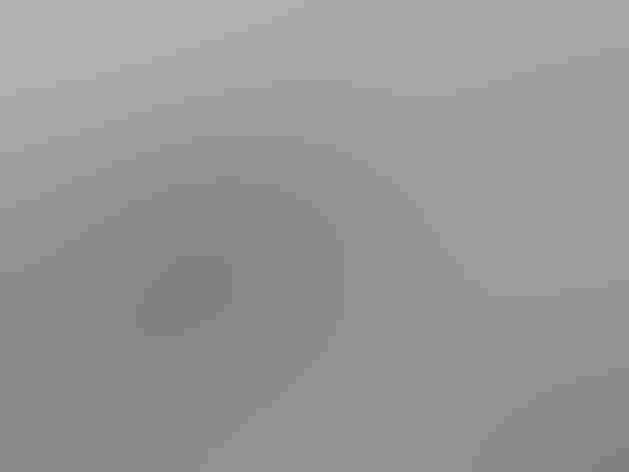Eurasian Collared-Dove
At a Glance
During the 20th century, this pale dove expanded its range spectacularly from the Middle East all the way across Europe. Introduced accidentally into the Bahamas in 1974, it soon spread to the Florida mainland. Its expansion westward and northward from there since the 1980s has been remarkable, and the species is now common to abundant across much of North America, as far northwest as Oregon and Washington. Oddly, the expansion has not yet penetrated the northeastern states, aside from a few records of strays.
All bird guide text and rangemaps adapted from by Kenn Kaufman© 1996, used by permission of Houghton Mifflin Harcourt Publishing Company. All rights reserved.
Category
Pigeon-like Birds, Pigeons and Doves
IUCN Status
Least Concern
Habitat
Coasts and Shorelines, Fields, Meadows, and Grasslands, Forests and Woodlands, Urban and Suburban Habitats
Region
California, Florida, Northwest, Rocky Mountains, Southeast, Southwest, Texas
Behavior
Direct Flight
Population
85.000.000
Range & Identification
Migration & Range Maps
No regular migration, but young birds may disperse long distances (thus aiding in spread of populations).
Description
12 1/2" (32 cm). Pale brown with narrow black neck ring, big white patches in outer tail feathers. Darker than the domesticated Ringed-Turtle-Dove, especially on undertail coverts and wingtips.
Size
About the size of a Crow, About the size of a Robin
Color
Black, Brown, Gray, Pink, White
Wing Shape
Broad, Pointed
Tail Shape
Rounded, Square-tipped
Songs and Calls
Call a deep, repeated kuk-kooooo-kuk, accented on middle syllable; also a harsh, mewing nasal call note, reminiscent to many observers of a loud Gray Catbird call.
Call Pattern
Flat
Call Type
Hoot
Habitat
Suburbs, farmland, wood edges, open country. Apparently very adaptable. In original Asian range, found in semi-open dry country with scattered trees and groves. In Europe, favors suburbs and farmland. North American populations are most common around residential areas or farmland having combination of trees and open ground, and they seem to thrive better in small towns than in larger cities.
Sign up for ÃÛèÖAPP's newsletter to learn more about birds like the Eurasian Collared-Dove
Behavior
Eggs
2, sometimes 1. White. Incubation is by both parents, 14-18 days.
Young
Both parents feed young "pigeon milk." Young leave nest at about 15-20 days, are tended by parents about another week. In Europe, reported to raise up to 6 broods per year; may also do so in Florida, where may breed almost throughout the year.
Feeding Behavior
Forages mostly while walking on the ground. When not breeding, usually forages in flocks. Sometimes flutters among branches of trees or shrubs to take berries.
Diet
Mostly seeds, some berries and insects. Diet in North America not yet well known. In Europe, feeds on waste grain of many cultivated crops, also seeds of many plants; eats some berries and small insects, rarely snails. Also eats bread crumbs and other foods provided by humans.
Nesting
Male displays by flying up at steep angle with noisy wingbeats, then gliding down in spiral with wings and tail fully spread, giving harsh call during glide. Also attracts female by calling and by ritualized bowing display. Nest: Male leads female to potential nest sites, female chooses. Site is in tree or shrub, sometimes on manmade structure, 6-70' (usually 10-40') above ground. Nest is flimsy platform of sticks and twigs; male gathers material, female builds.
Conservation
Conservation Status
Newcomer in North America, spreading rapidly. Possible interactions with native species not yet well understood, but no obvious negative impacts have been noted so far.
Climate Threats Facing the Eurasian Collared-Dove
Choose a temperature scenario below to see which threats will affect this species as warming increases. The same ÃÛèÖAPP change-driven threats that put birds at risk will affect other wildlife and people, too.



